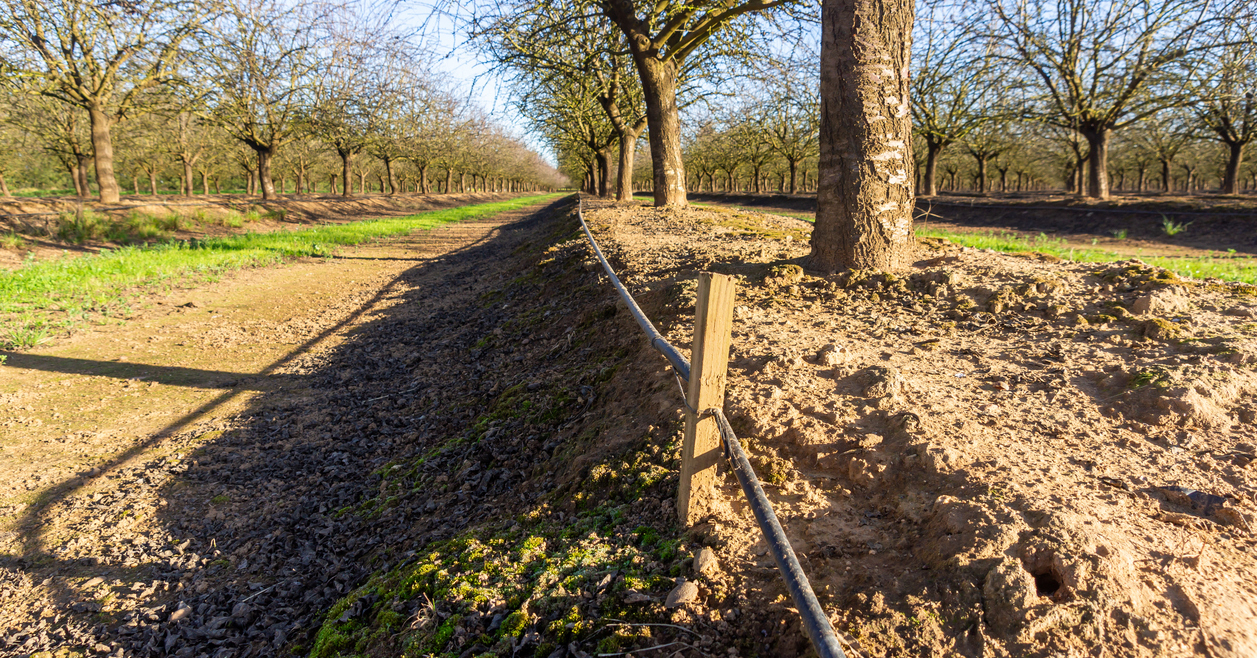Dangers of Cutting Down a Tree Yourself
Like many home projects, the idea of DIY tree removal can be alluring. From cost savings to immediate gratification, the potential payoffs may seem worthwhile. But if you’ve ever watched cartoons, you know that the main character doesn’t tend to fare well after yelling “timber.” And frankly, there’s nothing comical about the following risks of felling a tree on your own.
Injury
Certified arborists have equipment like complex rope systems and climbing gear, an assortment of saws, and hydraulic systems to work with. They’re also protected by helmets, harnesses, and other safety equipment. Without these essentials (plus ample training and experience), tree removal becomes exponentially more dangerous.
Even if you’re comfortable working on ladders and using chainsaws, you probably don’t use the two together, and they make for a deadly combo. You’ll be working against your center of gravity — an awkward challenge even for people with superb balance. It’s also far too easy to miscalculate the details of tree chopping. From the size of the branch to the angle of the fall, these factors shouldn’t be left to guesswork. Arborists perform thorough assessments of a tree’s species, position, and health to make informed decisions with every cut.
Property Damage
If the risk of hurting yourself isn’t a deterrent, consider the potential risks to property. Trees cut down near property lines could even lead to lawsuits from (understandably) irate neighbors. Large limbs and trunks can take down fences, damage roofs, and leave sheds in shambles. They can also take out power lines and damage other utility structures.
Whether you have a sprawling yard with ample space, or you’re tucked in neatly among neighboring homes, arborists know how to perform tree removal without damaging surrounding property. We’re experts in urban tree care, and we also have cutting-edge tools like JAWS that allow us to remove entire trees without having to climb them. The result: a safer, more efficient way to take down even the trickiest of trees.
Fines
Do you need a permit to remove a tree? If so, when, and who should handle it? The answer will vary based on factors like your location and the size of your tree. But if you’re located in or around Atlanta, chances are you will need to acquire a permit from your local government office before pursuing tree removal. Failure to do so could result in fines of up to $1,000 per tree, so this is a step you won’t want to skip. If you’re working with a local arborist, they should be familiar with the process and can explain what to expect.
And while we’re on the subject of costs, keep in mind that you’ll be on the hook for any damage caused by a tree you chopped yourself, as homeowners’ insurance is unlikely to reimburse you. That’s another reason to work with a trusted tree removal company: an insured company will have a policy to cover costs in the unlikely event any damage occurs.
Still wondering if professional tree removal is right for you? Allow our arborists to come out for an assessment. We can discuss options and help you find the best solution for your tree care needs. Contact us here or by calling 404-252-6448.







